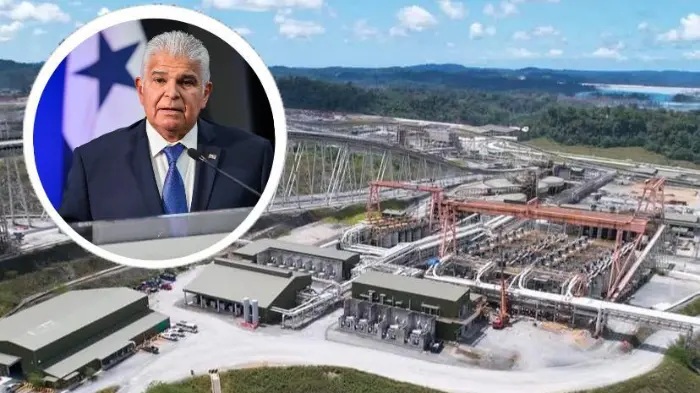Regulations pending for Panama sport fishing. paradise

THE FUTURE of sport fishing in Panama which generates millions of dollars is in danger unless there are regulations to protect some species.
Law 17 of 1959, which regulates fishing, does not set standards for the sport and environmentalists, scientists and fishing industry representatives agree that a reform proposal is needed says a La Prensa report.
Panama is considered one of the best destinations in the world for sport fishing. Tuna, marlin and sailfish are among the most sought after species in the Panamanian coasts.
In 2011 some 86,250 visitors came to fish and during their stay spent $97 million.
On average anglers remain in Panama eight days and spend about $2,000 daily in hotel, food, fishing gear, travel, airplane, and boat, among others, say industry sources.
Revenues generated for Panama’s economy run into millions, but the risks to the marine ecosystem may mean an end to the bonanza if the activity not regulated, local scientists and environmentalists warn.
Ivan Flores, administrator of the Fisheries and Aquatic Resources Authority (ARAP), says the previous rules have been in place for over 50 years and the standard must meet contemporary needs.
“The marine ecosystem does not escape the ravages of climate change and that can be seen in the decline of Panamanian coastal resources,” he said.
“Times have changed and we face a climate change has caused shoal increase and decreased the fishing resources on the Panamanian coasts.’’
It is unknown how many vessels engage in fishing or how many sport fish are captured, how many are released, or how many die after being returned to the sea.
This lack of statistics means that each year Panama fails the requirements of international fisheries organizations to which it belongs.
“The need is to regulate sport fishing,” The upgrade of the 1959 law seeks to reach a consensus with those engaged in sport, industrial and artisanal fishing.
According to Flores, work groups will be created with fishing industry representatives, environmentalists and government to analyze each of the items that make up the law and adapt to the needs of the times.”
“The fisheries law is very backward in many respects and it is time to modernize with new concepts that emphasize conservation of marine resources,” said Arnulfo Franco, president of the International Foundation for Fisheries.
The economic contribution of sport fishing in Panama is very important, but one of the weaknesses of the sector is the lack of statistics on the activity, he added. “By updating the law is intended that all subsectors are able to work under tight fisheries management and conservation
The updating of the fishery law should be discussed with stakeholders and resource users. You cannot make a law without consultation as in the previous administration with the Decree 486 of December 2010, which prohibits the departure of longline vessels over six tonnes.”
“It is imperative to update the General Fisheries Act and therefore we are generating meetings with the current fisheries management in order to revive the proposal, ” said Marvin Correa, executive director of the Panama National Fishing Industry Association (Andelaipp).
In Panama destinations that are promoted for sport fishing are Pineapple Bay, in Darien, Gulf of Chiriqui, Coiba, Veraguas and Pedasi, Los Santos.
‘Catch and release’
The local and international scientific community warns that the lack of regulation of sport fishing in Panama affects marine biology in the country.
In the article “Life after catch and release”, published in the journal Marine Fisheries Review, Dr. Jean Cramer says that not all released sport fish released into survive. An estimated 35% of the fish caught during this activity and then released die. The author Michael Domeier suggests a mortality of up to 26% within five days after they are released. The level of stress that suffered by the fish is so high that it eventually dies.
Panama’s reputation as a paradise of sport fishing will be of significant value to the overall appeal of the country when foreigners decide where to travel and spend their tourist money, says a report Recreational Fishing in Panama: A natural economic gold mine, financed by the Ministry of Science and Technology (Senacyt) and coordinated by The Billfish Foundation.
The document notes that of the 86,250 visitors that came to Panama in 2011 for sport fishing, most had an annual income exceeding $75,000.





